Finding the perfect indoor plants for low light can be a game-changer for your home, especially if you don't have a lot of natural sunlight.
Here are some of my favorite low-light plants that have thrived in my home.
1. Snake Plant (Sansevieria)
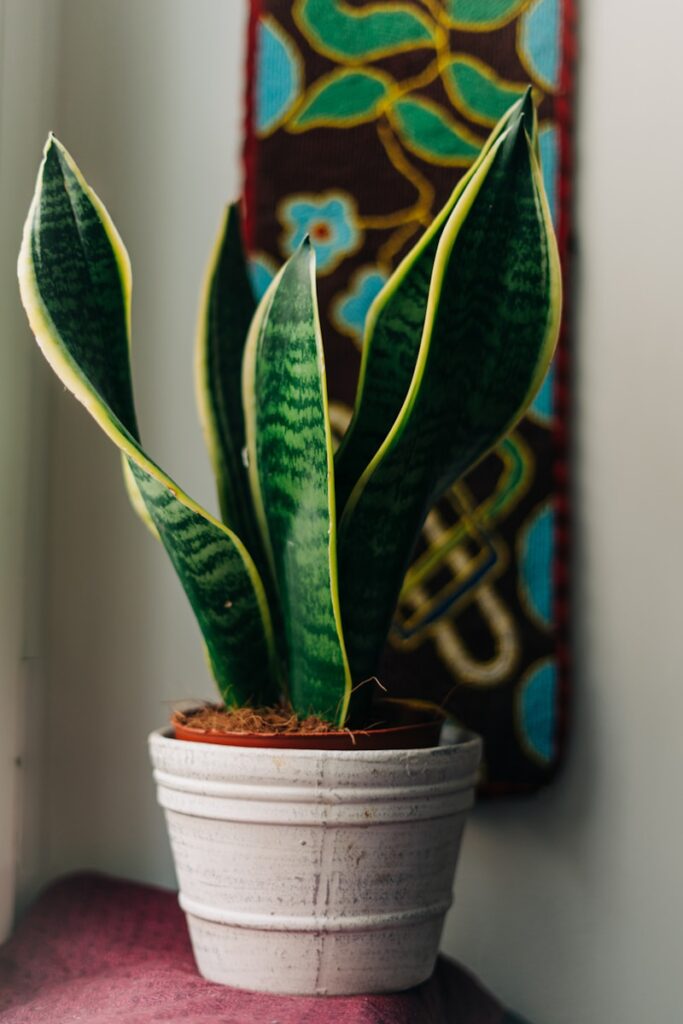
The snake plant, also known as mother-in-law's tongue, is incredibly resilient and almost indestructible. It thrives in low light and can tolerate neglect, which makes it ideal for beginners. Plus, its upright, sword-like leaves add a touch of modern elegance to any space.
- Light: Low to bright, indirect light.
- Water: Allow the soil to dry out between waterings. Water sparingly in winter.
- Soil: Well-draining cactus or succulent mix.
- Humidity: Average indoor humidity.
- Temperature: Prefers 60-85°F (15-29°C).
2. ZZ Plant (Zamioculcas zamiifolia)
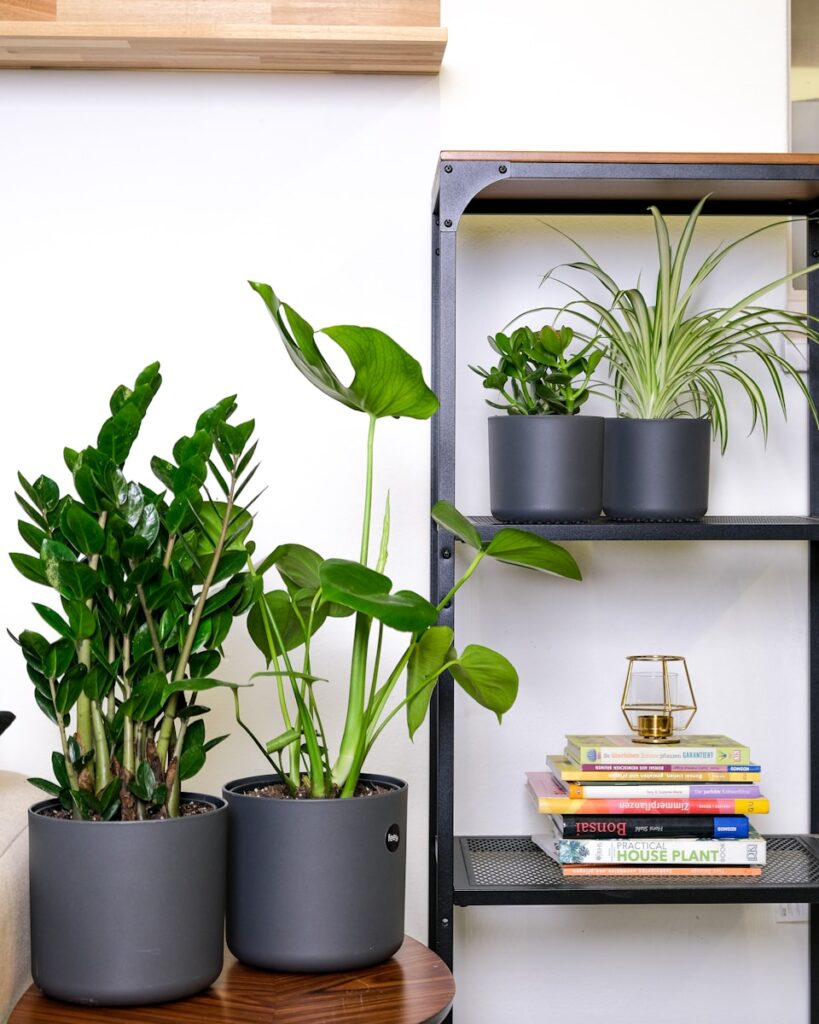
The ZZ plant is another tough one. It can survive with minimal light and water, making it perfect for those corners of your home that don't get much sunlight. Its waxy, dark green leaves are quite striking, and it even does well in office settings with artificial lighting.
- Light: Low to bright, indirect light.
- Water: Let the soil dry out completely before watering. Water less in winter.
- Soil: Well-draining potting mix.
- Humidity: Tolerates low humidity.
- Temperature: Thrives in 60-75°F (15-24°C).
3. Pothos (Epipremnum aureum)
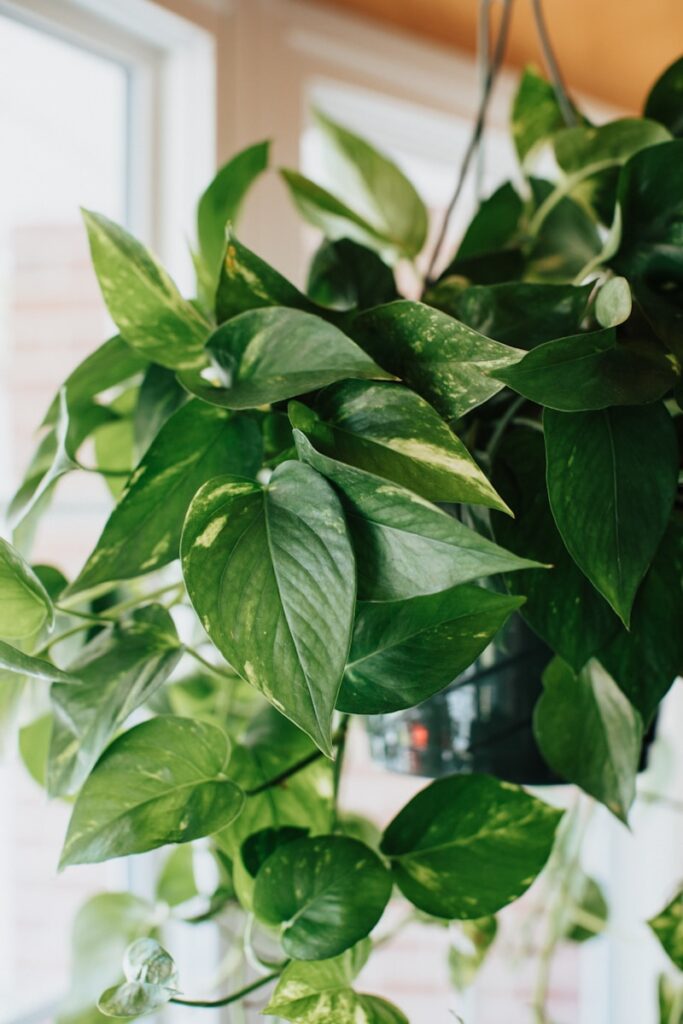
Pothos plants are incredibly versatile. They can handle low light and are very easy to propagate. I've placed them on shelves, in hanging baskets, and even allowed them to trail down from cabinets. Their heart-shaped leaves and trailing vines make them a lovely addition to any room.
- Light: Low to bright, indirect light.
- Water: Water when the top inch of soil is dry. Avoid waterlogging.
- Soil: Well-draining potting mix.
- Humidity: Prefers higher humidity but adapts to normal indoor levels.
- Temperature: Ideal range is 60-80°F (16-27°C).
4. Philodendron
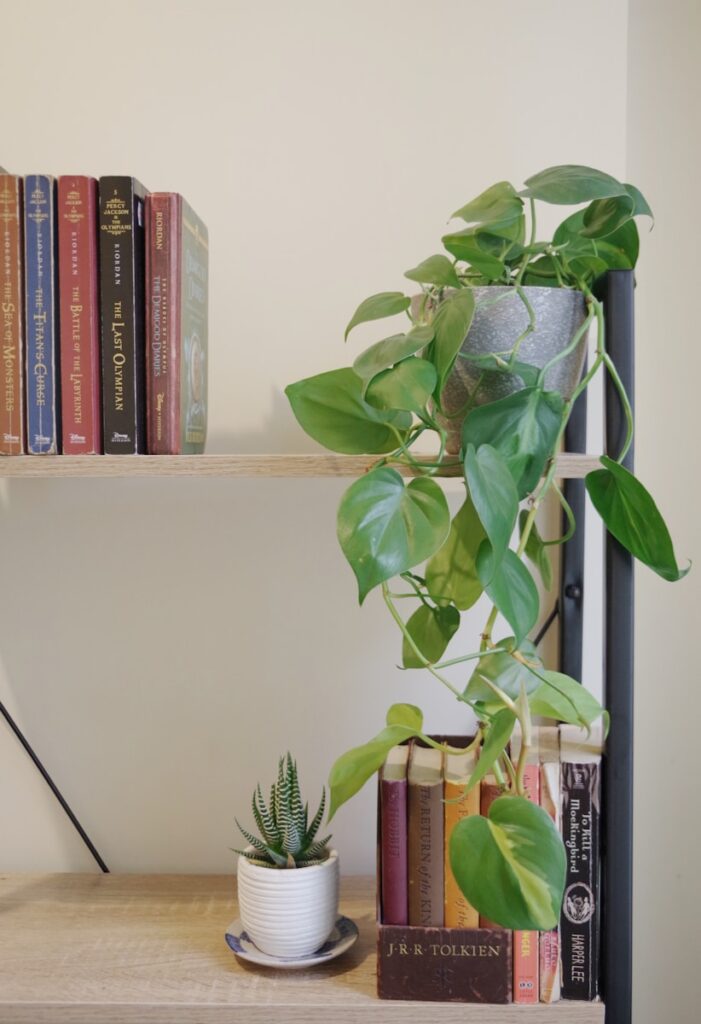
Philodendrons are another excellent choice for low light. They come in many varieties, including trailing and upright types. The heartleaf philodendron, in particular, is a favorite of mine. It's easy to care for and has lush, green foliage that can brighten up darker spaces.
- Light: Low to bright, indirect light.
- Water: Water when the top inch of soil is dry. Consistent moisture is key, but avoid overwatering.
- Soil: Well-draining potting mix.
- Humidity: Prefers higher humidity.
- Temperature: Optimal range is 65-80°F (18-27°C).
5. Peace Lily (Spathiphyllum)
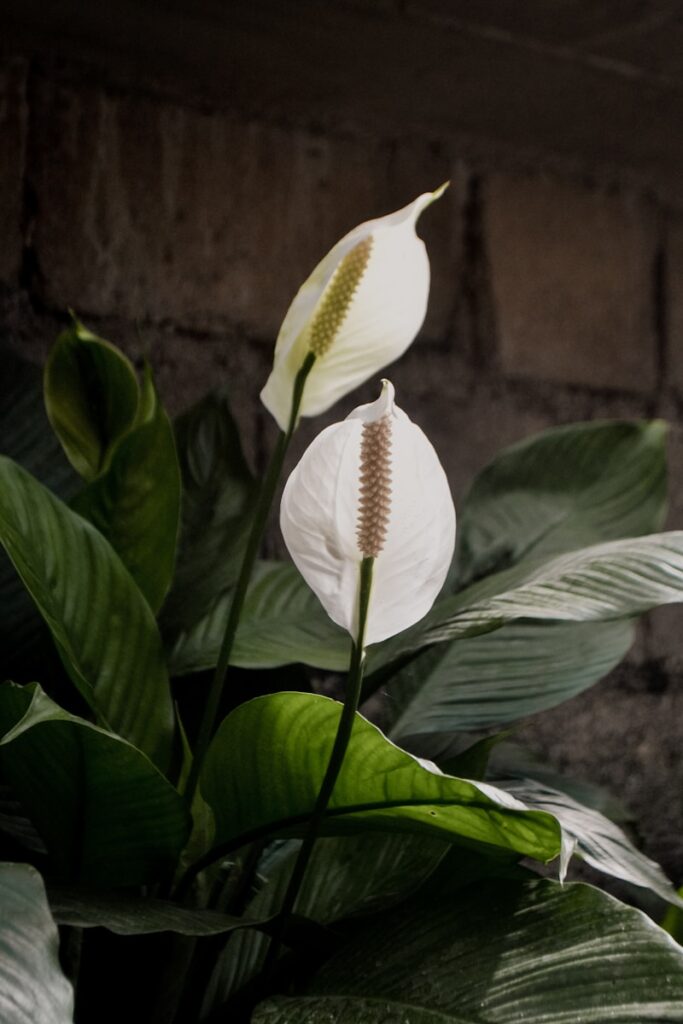
Peace lilies are not only beautiful with their dark green leaves and elegant white flowers, but they also thrive in low-light conditions. They do need regular watering, but they’re great for adding a touch of serenity to your home. Additionally, peace lilies are known for their air-purifying properties, which is always a bonus.
- Light: Low to bright, indirect light.
- Water: Keep the soil consistently moist but not waterlogged. Less water in winter.
- Soil: Rich, well-draining potting mix.
- Humidity: Prefers higher humidity levels.
- Temperature: Thrives in 65-80°F (18-27°C).
6. Cast Iron Plant (Aspidistra elatior)
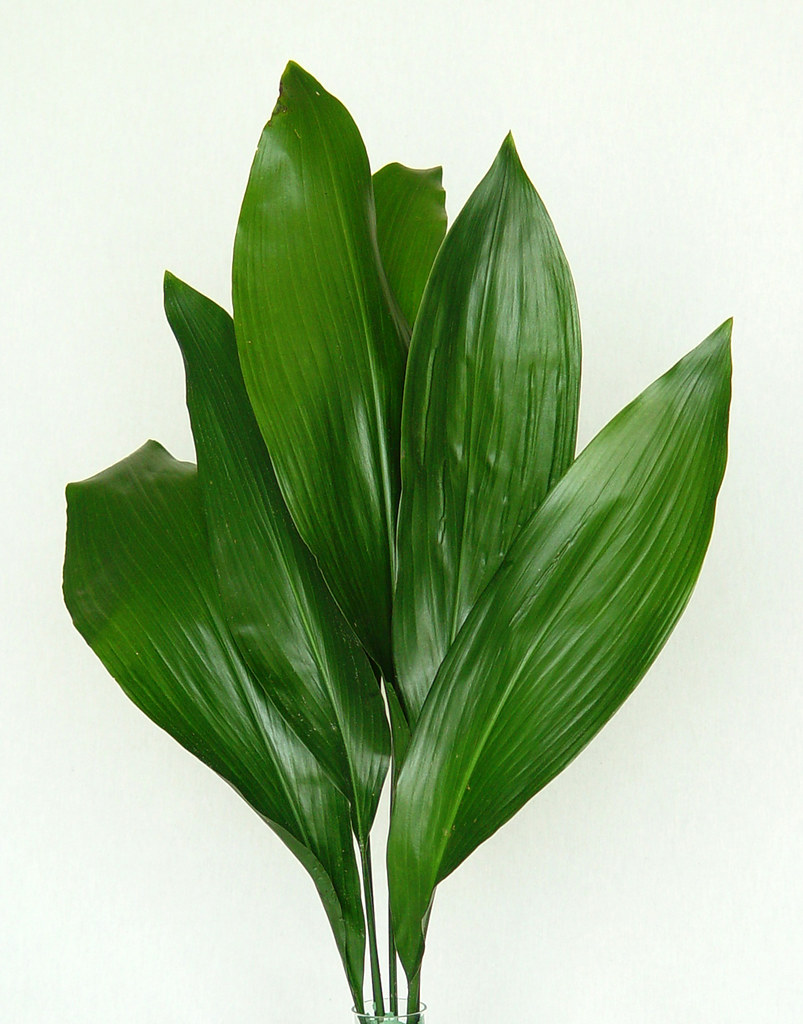
True to its name, the cast iron plant is incredibly hardy. It can withstand low light, irregular watering, and a fair amount of neglect. Its large, broad leaves give a nice, tropical feel to your indoor garden.
- Light: Low to moderate, indirect light.
- Water: Water when the top inch of soil is dry. Tolerates some neglect.
- Soil: Well-draining potting mix.
- Humidity: Tolerates low humidity.
- Temperature: Prefers 60-75°F (15-24°C).
7. Chinese Evergreen (Aglaonema)
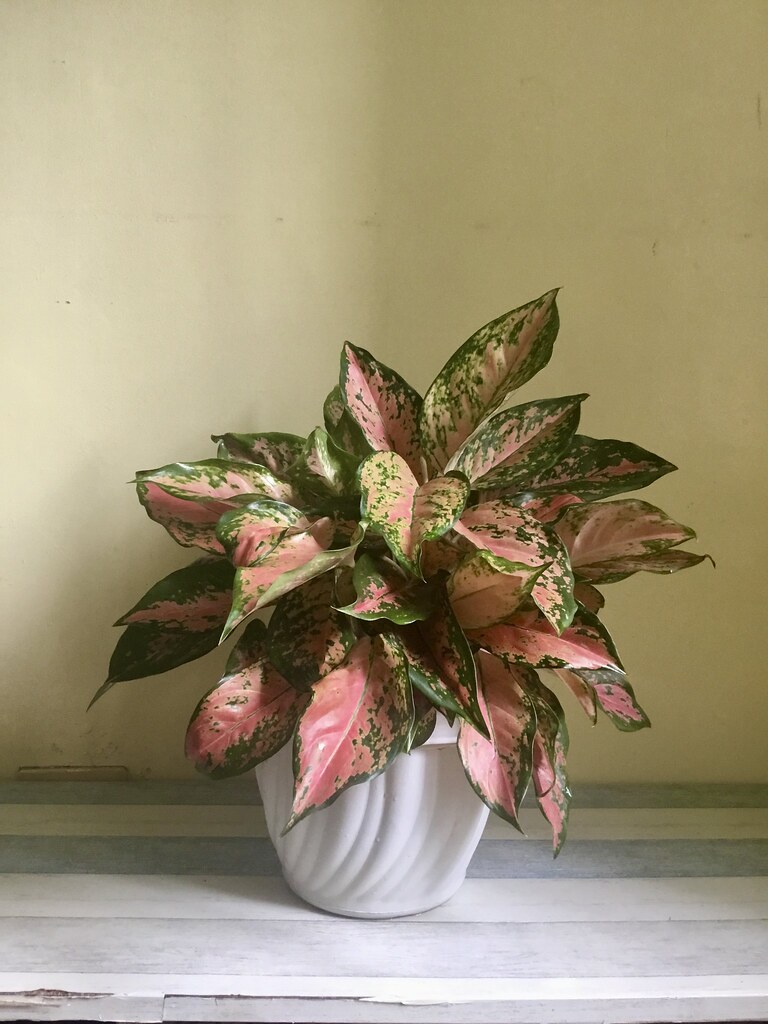
Chinese evergreens are known for their beautiful, variegated leaves and their tolerance to low light. They come in various colors and patterns, so you can find one that fits your decor perfectly. They do well in low light and only need to be watered when the soil dries out.
- Light: Low to moderate, indirect light.
- Water: Water when the top 1-2 inches of soil are dry. Avoid waterlogging.
- Soil: Well-draining potting mix.
- Humidity: Prefers moderate to high humidity.
- Temperature: Ideal range is 65-80°F (18-27°C).
8. Spider Plant (Chlorophytum comosum)

Spider plants are great for low light and are incredibly easy to care for. They produce "spiderettes" or baby plants, which you can propagate to grow new plants. They look fantastic in hanging baskets or as a table plant.
- Light: Low to bright, indirect light.
- Water: Water when the top inch of soil is dry. Prefers consistent moisture.
- Soil: Well-draining potting mix.
- Humidity: Prefers moderate humidity.
- Temperature: Optimal range is 55-80°F (13-27°C).
9. Dracaena
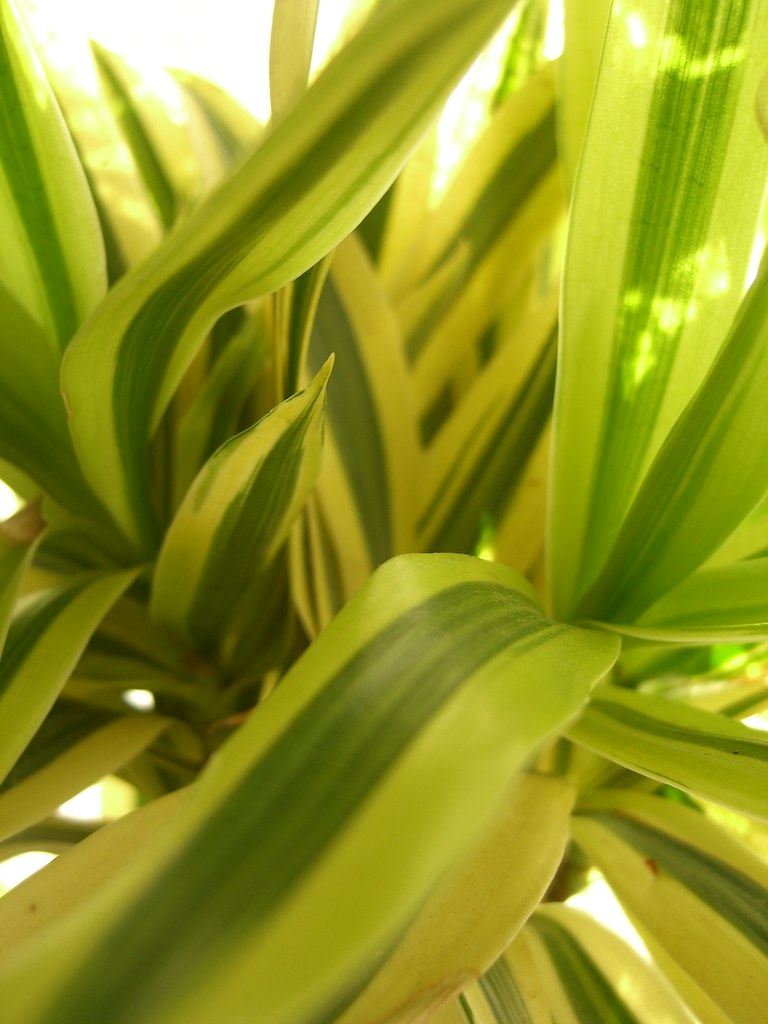
Dracaenas come in many varieties, all of which are suitable for low light. They have striking foliage that can range from deep green to variegated with white or yellow stripes. Dracaenas can also grow quite tall, making them perfect for adding some height to your plant collection.
- Light: Low to bright, indirect light.
- Water: Water when the top 1-2 inches of soil are dry. Avoid fluoride in water.
- Soil: Well-draining potting mix.
- Humidity: Prefers moderate humidity.
- Temperature: Thrives in 65-80°F (18-27°C).
10. Parlor Palm (Chamaedorea elegans)
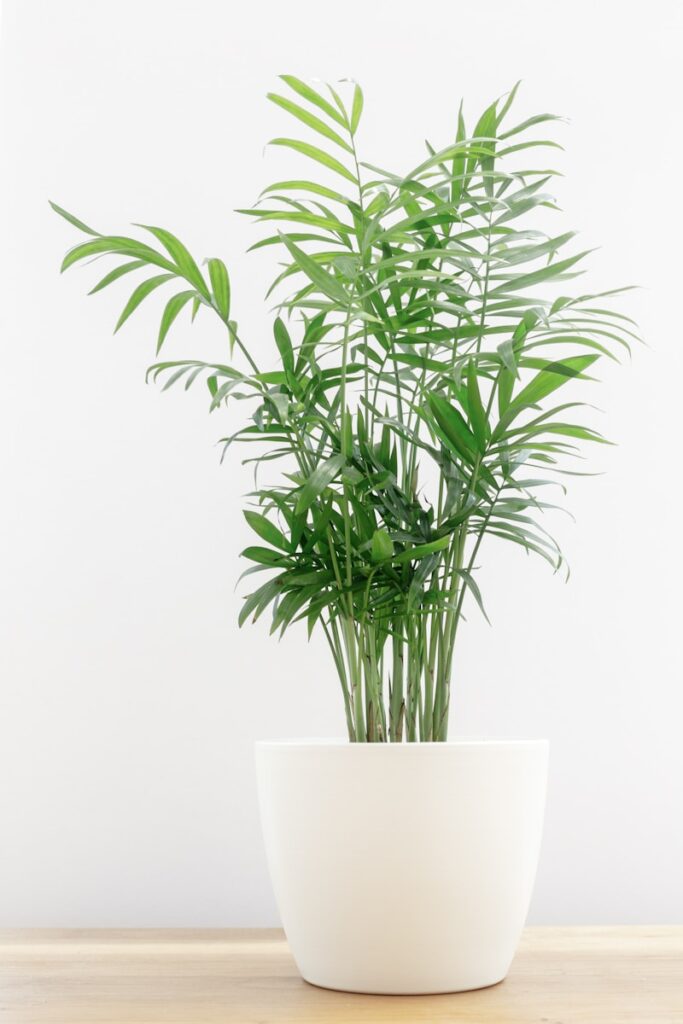
If you're looking to add a bit of a tropical vibe to your space, the parlor palm is an excellent choice. It thrives in low light and has delicate, arching fronds that can give your home a mini jungle feel.
- Light: Low to moderate, indirect light.
- Water: Water when the top inch of soil is dry. Keep slightly more moist in summer.
- Soil: Well-draining potting mix.
- Humidity: Prefers higher humidity but tolerates average indoor levels.
- Temperature: Ideal range is 65-80°F (18-27°C).
Conclusion
I've found that incorporating these low-light plants into my home has not only enhanced the aesthetic but also added a sense of calm and well-being. They’re all relatively easy to care for and can thrive even in the less sunny spots of your house. Happy planting!














Responses (0 )